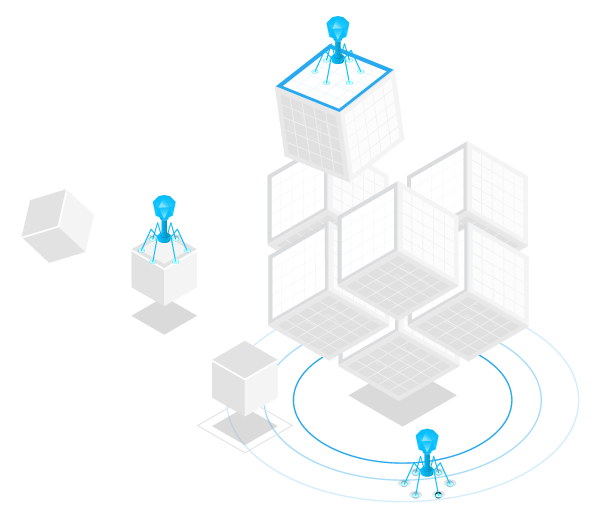VULNERABILITY ASSESSMENT AND PENETRATION TESTING IN SINGAPORE
What is Vulnerability Assessment?
As both malicious internal and external users have the potential to damage your vital network, conducting an extensive vulnerability assessment (VA) in Singapore is the best way to protect your company. This highly technical evaluation is designed to identify as many vulnerabilities as possible, with our systematic approach helping to address critical weaknesses.
Once our vulnerability assessment team pinpoints these shortcomings in your network security, we classify them by severity and remediation priority to ensure your business is secured against hackers and other dishonest users. Using the latest industry-specific tools, our objective-based assessment typically serves as a preliminary step to penetration testing (PT).
With our comprehensive VAPT testing conducted using real-world scenarios, we employ a range of automated and manual techniques to uncover vulnerabilities. As we align our findings with your company’s objectives, we detect the weak links and provide detailed recommendations on how to resolve these issues quickly and effectively.

softScheck is a CREST-approved Penetration Testing provider.

Objective of This Assessment
Related Penetration Testing
Approach & Methodology

Different Types of Vulnerabilities
Vulnerabilities in cybersecurity can typically be grouped into three key categories through assessment, each based on the nature of the threat they pose:
Common Vulnerabilities and Exposures
Vulnerability assessment tools in Singapore are essential for identifying and mitigating various security threats affecting different IT infrastructure layers. These tools are designed to detect a range of common vulnerabilities and exposures, including:
- Remote File Inclusion: This vulnerability allows attackers to execute arbitrary files on a server, potentially compromising the network’s security.
- Code Injection: Issues like ASP code injection allow attackers to introduce malicious code into an application, leading to unauthorised data access or corruption.
- SQL Injection: A critical vulnerability where attackers manipulate backend databases through insecure SQL statements, potentially exposing sensitive information.
- Cross-Site Scripting (XSS): This flaw enables attackers to inject malicious scripts into web pages viewed by other users, which can lead to stolen data or compromised user interactions.
- Disclosure of Sensitive Information: Such vulnerabilities involve the unintended exposure of critical data that can help attackers gain more insight into the system for further attacks.
- Distributed Denial of Service (DDoS) Attacks: These attacks flood the network with excessive traffic, disrupting or completely halting the service.
- Malware: Malicious software can infiltrate systems to steal data, cause damage, or create backdoors for future attacks.
Blog
Using a simulated, multi-layered attack known as Red Teaming, softScheck’s security professionals will put your network security to the test. Read our case studies to find out how our Red Teaming helped our Singaporean clients identify and protect themselves against targeted attacks.
Launched in Singapore in 2015, softScheck is one of the country’s leading vulnerability assessment and penetration testing organisations.
Backed by our in-house team of highly experienced security consultants and project managers, we assist businesses to secure their internal networks from a variety of risks.
Across software faults, outdated network infrastructure, and zero-day vulnerabilities, let our talented team guide your IT vulnerability assessment and stop attacks before they happen. Contact us for a quote today.






